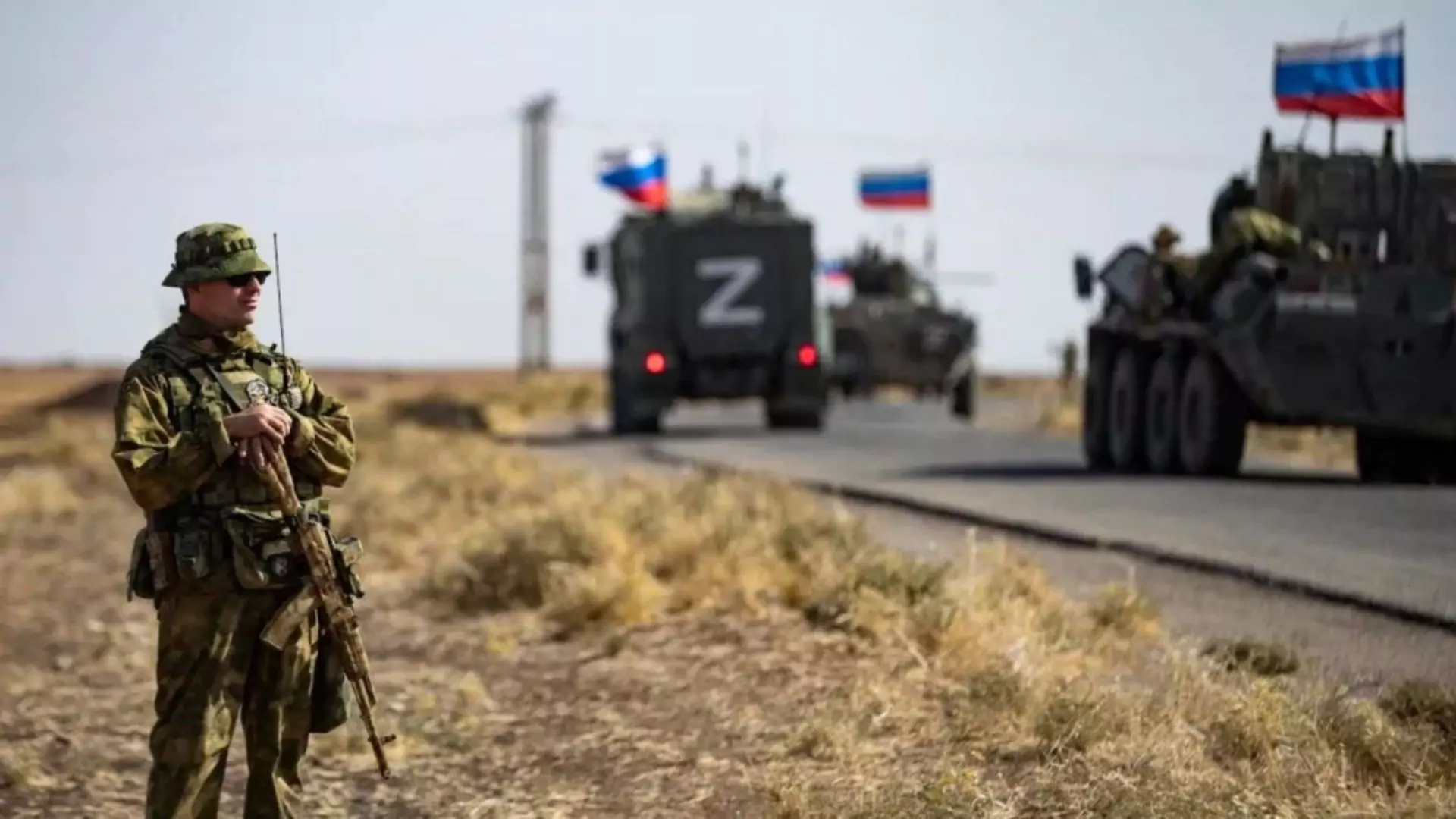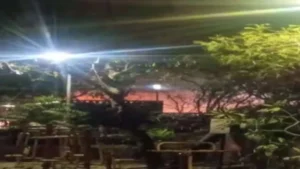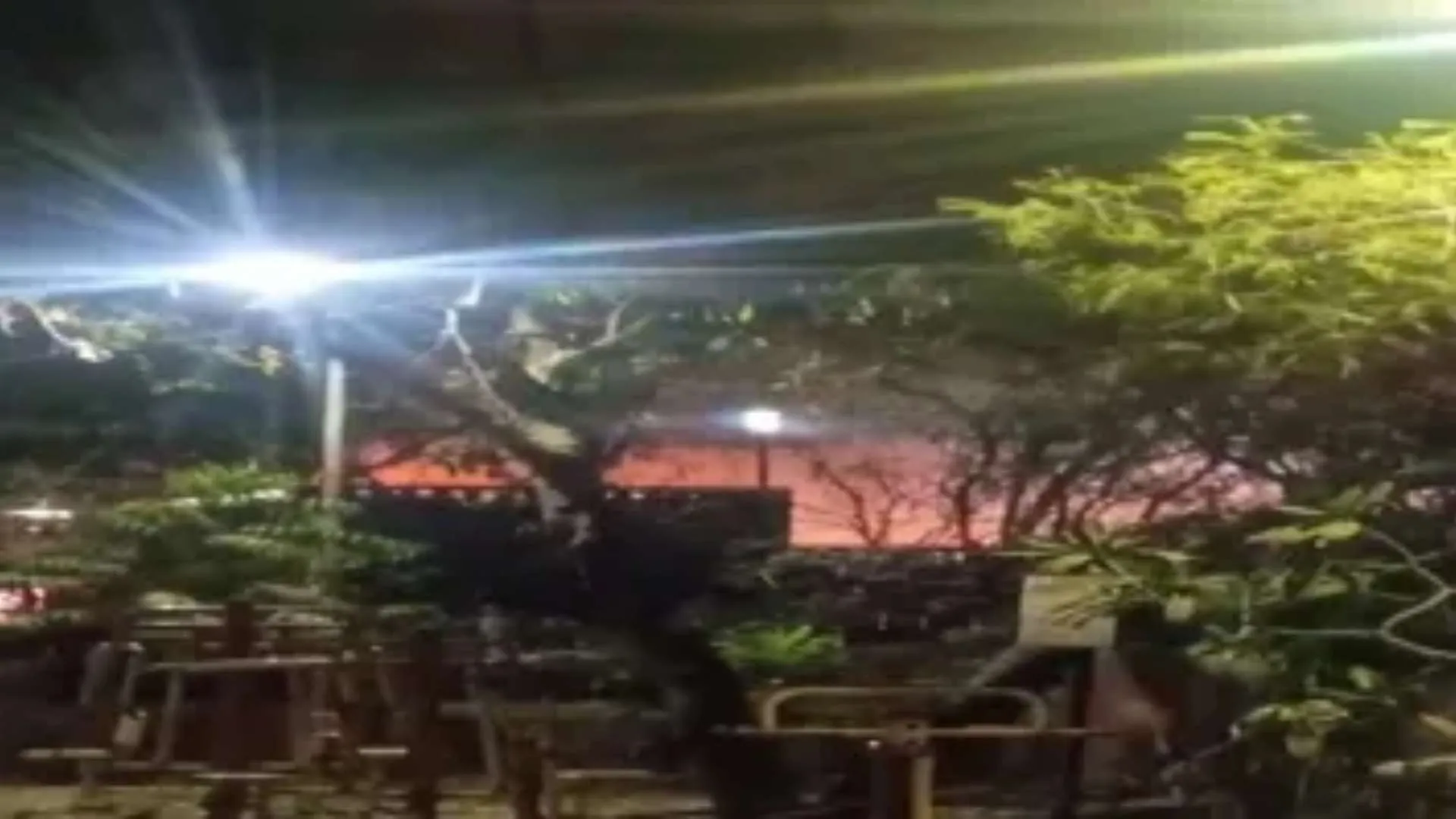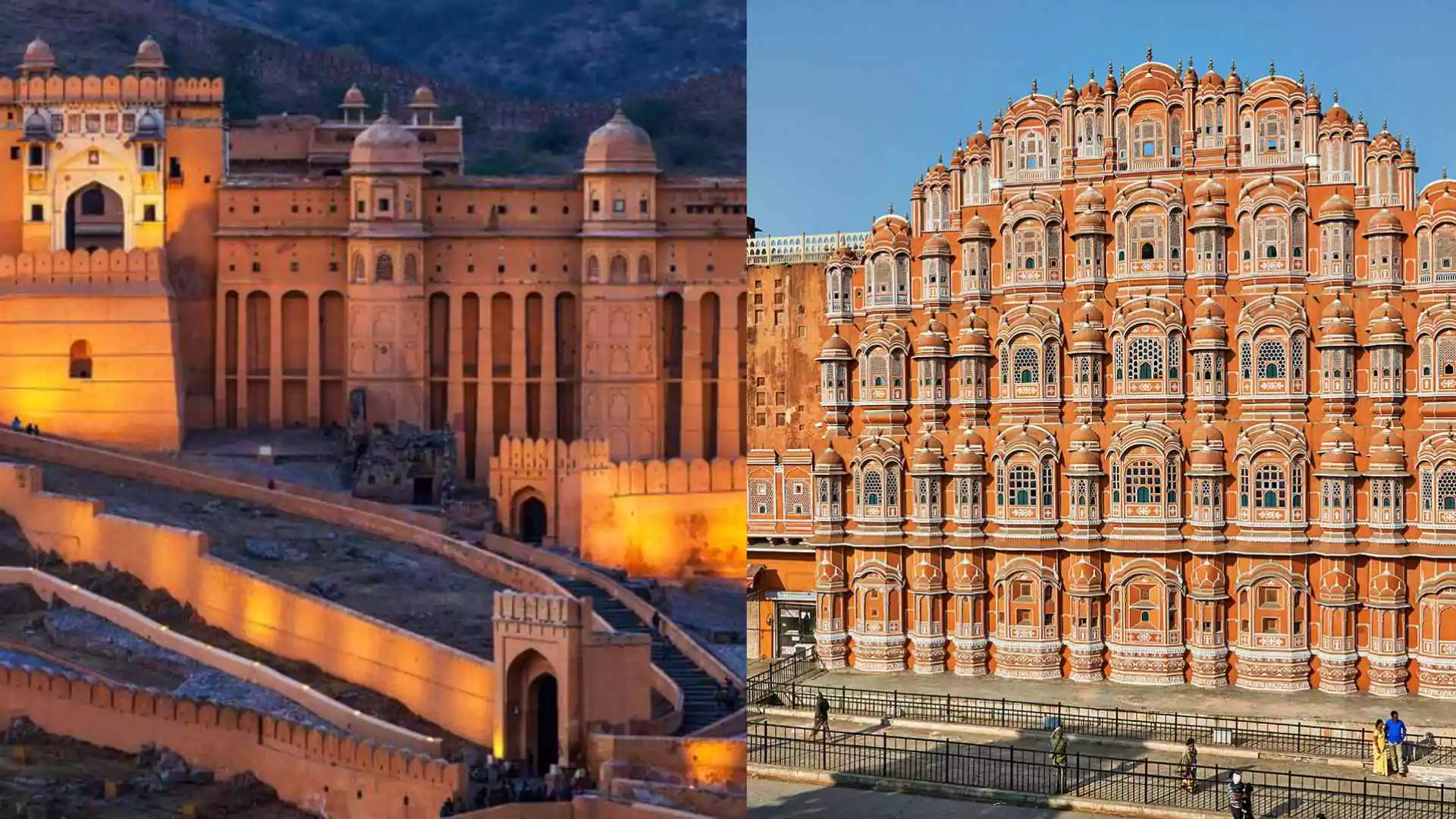The Russian military continues to maintain its bases in Syria following the fall of President Bashar Assad’s government, with analysts suggesting that any evacuation would be evident and noticeable.
Key Russian Military Installations in Syria
Russia operates two significant military bases in Syria, the Tartus naval base and the Khmeimim airbase. These installations are vital for Russian strategic access to the Mediterranean Sea and broader influence over Africa. The bases were originally hosted by Assad’s government, but recent reports indicate that rebel forces now control Latakia province, where both bases are located.
Recent satellite imagery indicates that Russian warships have vacated the Tartus naval base since Monday, with some vessels observed holding positions approximately 15 km from the coast. However, it remains uncertain whether these ships will return to the port. Despite the departure of some vessels, there is no evidence of a complete evacuation of Tartus, according to Dara Massicot, a senior fellow at the Carnegie Endowment for International Peace.
Massicot shared with the Financial Times that, “If they have to leave Tartus, you’d actually see more ships show up to help move things out.” This observation suggests that Russia may have moved its ships out to sea temporarily as a precaution while the situation in Syria remains volatile.
Khmeimim Airbase Retains Significant Russian Military Equipment
Khmeimim airbase, which serves as Russia’s main hub for deploying troops into Africa, shows a more complicated picture. Satellite images from this week reveal that most of the Kremlin’s equipment, including fighter jets and helicopters, remain stationed there. Massicot highlighted in a thread on X that any evacuation of the airbase would be conspicuous. “An air evacuation would take hundreds of sorties of IL-76 and An-124, not the handful identified yesterday at Khmeimim,” she noted, referencing the sightings of Ilyushin and Antonov freight planes at the site earlier in the week.
Massicot pointed out that when Russian forces first deployed to Syria in 2015, they conducted nearly 300 sorties over two weeks, a significant effort even before the base was expanded.
Analysts from the Institute for the Study of War, a Washington-based think tank, believe Russia is delaying a full evacuation as it assesses the possibility of negotiating with a new Syrian government. The analysts noted that the Kremlin’s current lack of a cohesive response suggests it is closely monitoring the situation.
Kremlin’s Public Statements and Actions
Amidst these developments, Russian officials have signaled that they are not preparing to abandon their strategic bases. Dmitry Peskov, a Kremlin spokesperson, stated that Russia has been engaging with parties capable of ensuring the safety of its military installations. Additionally, Russian state media outlet TASS reported an unnamed Kremlin source claiming that Syrian opposition leaders had assured the safety of Tartus and Khmeimim.
However, Ukrainian intelligence has suggested that Russia has prepared a plan to evacuate Khmeimim, utilizing Antonov and Ilyushin aircraft. It was also reported that Russian troops at Tartus had begun dismantling equipment under the oversight of special forces, though the source of this intelligence was not disclosed.
The future of Syria after Assad remains uncertain. Rebel forces have been fragmented, composed of various factions united only by their objective of removing Assad. Mohammed al-Bashir, who had led rebel-controlled areas in northern Syria, claimed on Tuesday that he had been appointed interim prime minister.
Also Read: Why Has A US Judge Blocked The Onion’s Purchase Of Alex Jones’ Infowars?























